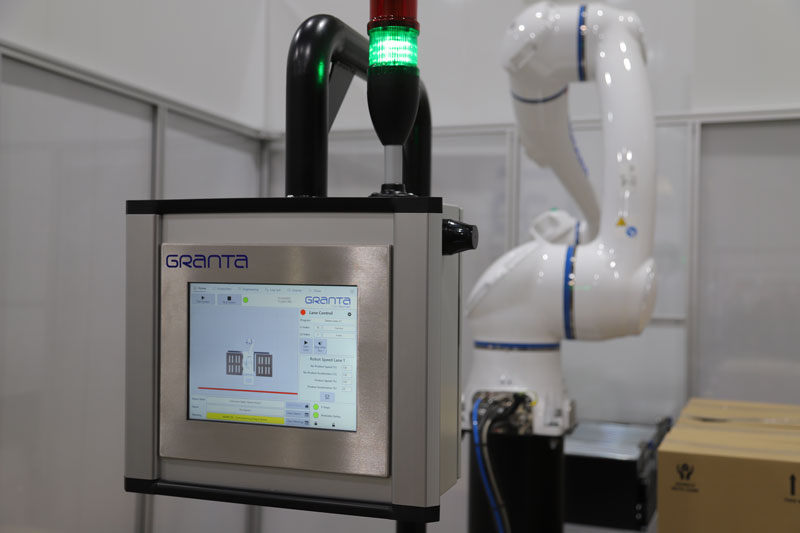
Buying a palletiser is a significant investment for any business, and there are several factors to consider to ensure that you choose the right equipment for your specific needs. Here’s a comprehensive guide to help you make an informed decision:
- Type of Palletiser:
- Choose between robotic and layer forming palletisers based on your production needs, space constraints, and the level of flexibility required.
- Throughput and Capacity:
- Determine the system’s capacity and throughput to ensure it aligns with your production demands. Consider both peak and average production rates.
- Product Variability:
- Assess the range of products (size, shape, weight) your palletiser will handle. Ensure the system can accommodate different SKUs and packaging types.
- Palletising Patterns:
- Consider the complexity of palletising patterns required for your products. Ensure the system can handle various patterns efficiently.
- Space and Layout Constraints:
- Evaluate the available space in your facility and choose a palletiser that fits within your layout. Consider high-level or low-level configurations based on space availability.
- Integration with Existing Equipment:
- Ensure the palletiser seamlessly integrates with your existing conveyor systems, production lines, and other machinery. Compatibility is crucial for smooth operations.
- Programming and Flexibility:
- For robotic palletisers, assess the ease of programming and reprogramming for different products and patterns. Look for user-friendly interfaces and flexibility in handling changes.
- Maintenance and Reliability:
- Consider the ease of maintenance and the reliability of the palletiser. Opt for systems with accessible components, predictive maintenance features, and a reputation for durability.
- Energy Efficiency:
- Evaluate the energy consumption of the palletising system. Energy-efficient models can contribute to cost savings and align with sustainability goals.
- Safety Features:
- Prioritise safety features such as emergency stop buttons, safety barriers, and sensors. A safe working environment is essential for both operators and the overall facility.
- Training and Operator Interface:
- Ensure that operators can easily understand and operate the palletising system. Training programs and intuitive interfaces contribute to efficient use.
- Supplier Support and Service:
- Choose a supplier that provides excellent customer support, training, and quick response times for service and maintenance issues.
- Cost of Ownership:
- Consider the total cost of ownership, including upfront costs, installation, training, maintenance, and any ongoing operational expenses.
- Future Expansion and Upgrades:
- Evaluate the scalability of the system and its compatibility with potential future expansions. Choose a system that can adapt to changes in production requirements.
- Regulatory Compliance:
- Ensure that the palletising system complies with relevant industry standards and safety regulations.
- Reviews and References:
- Research customer reviews and seek references from other businesses that have implemented the same palletising system. This provides insights into real-world performance.
- Warranty:
- Review the warranty offered by the manufacturer and understand its terms and conditions.
If you would like to know more about the Granta palletiser range, please contact us at helpline@granta-automation.co.uk.







